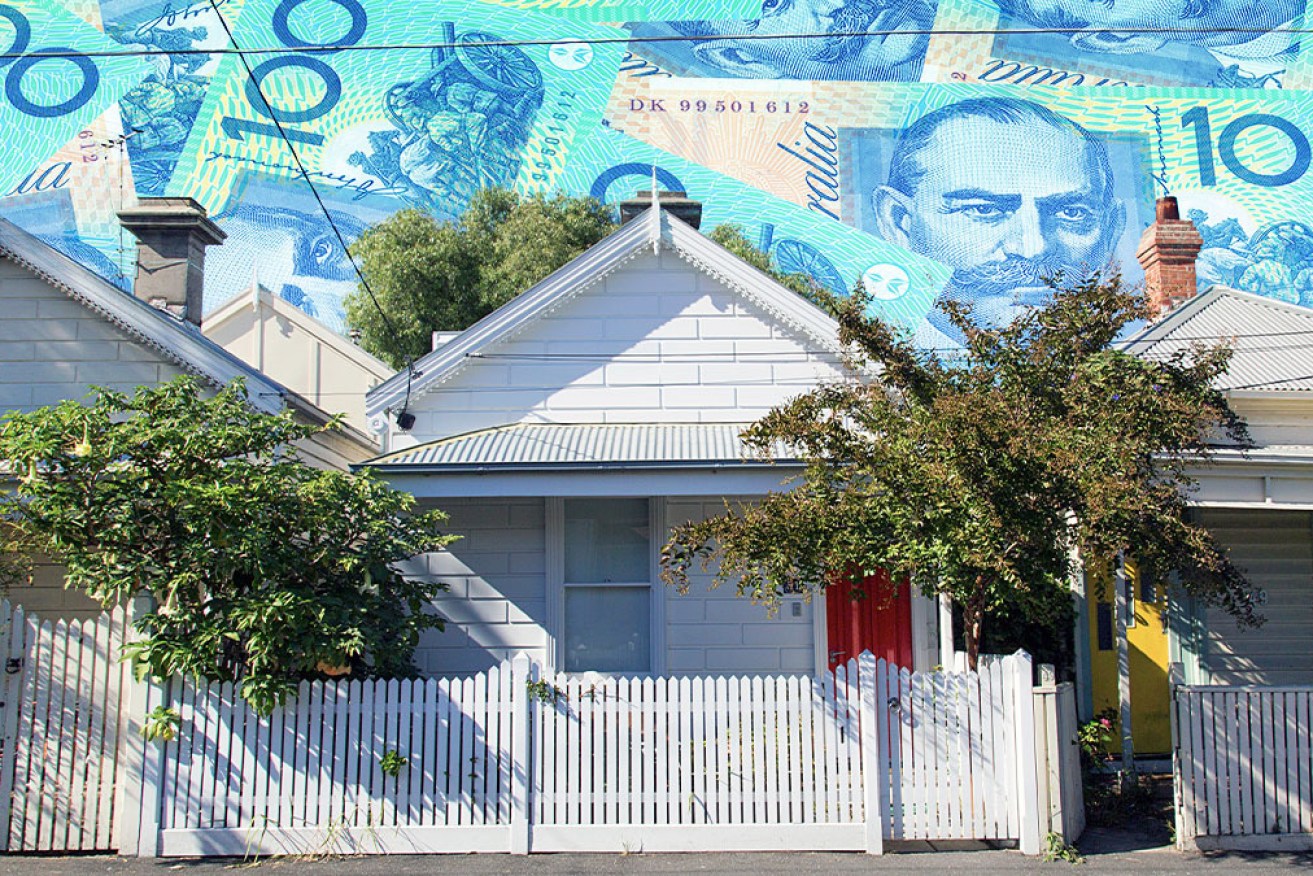Property prices jump 2.2 per cent as housing boom rolls on


Low interest rates and improving economic conditions are boosting demand for housing. Photo: TND
Australia’s housing boom continued apace in May as buyers buoyed by the economic recovery rushed to take advantage of record-low interest rates.
National property values surged 2.2 per cent over the month and ended it 10.6 per cent higher than the same time last year.
The sharp rise was stronger than expected as analysts had thought a rise in the number of properties listed for sale combined with growing affordability concerns would curb the pace of growth.
But prices were up by more than 1 per cent in every capital city over the month and by as much as 3.2 per cent in Hobart and 3.0 per cent in Sydney.
CoreLogic head of research Tim Lawless said improving economic conditions and low interest rates were boosting consumer confidence and creating “persistently strong demand for housing”.
“At the same time, advertised supply remains well below average,” he said, in a statement that described such a broad-based boom as “an absolute rarity”.
“This imbalance between demand and supply is continuing to create urgency amongst buyers, contributing to the upwards pressure on housing prices.”
But although it was business as usual when it came to prices, the month of May observed some significant changes in the shape of the housing boom.
In good news for first-home buyers, the highest rate of price appreciation can now be found in the most expensive end of the market rather than the most affordable end, which was driving the current upswing in its early stages.
And Mr Lawless noted a geographical shift, as well.
“From a geographic perspective, it was the smaller capital cities that led the housing market out of the COVID slump,” he said.
“But now Sydney has risen through the ranks to record the largest capital gain over the past three months with values up 9.3 per cent.”
The month of May also marked the second time in three months that capital cities outpaced regional markets in terms of price growth – unwinding a pandemic trend that saw many office workers take advantage of more flexible working and swap busy cities for more peaceful surrounds.
Looking to the future, CoreLogic said in its release that it expected housing values would continue to rise throughout 2021 and into 2022, “albeit at a gradually slower pace”.
“Domestic demand should continue to be supported by the expectation that mortgage rates will remain at their record lows for some time, as well as the ongoing high levels of consumer confidence as the economy expands at a faster than average pace,” CoreLogic said.
“A slowdown in dwelling price appreciation is expected as affordability constraints progressively impact market participation, and potentially tighter credit policies looms further down the track.”
The data comes just hours before the Reserve Bank will convene for its monthly interest rate meeting, at which it is expected to keep the official cash rate at a record low of 0.1 per cent.
RBA governor Philip Lowe has repeatedly said the bank will not hike rates until annual inflation is sustainably within the target band of 2 to 3 per cent – a condition he does not expect the economy to meet until at least 2024.









